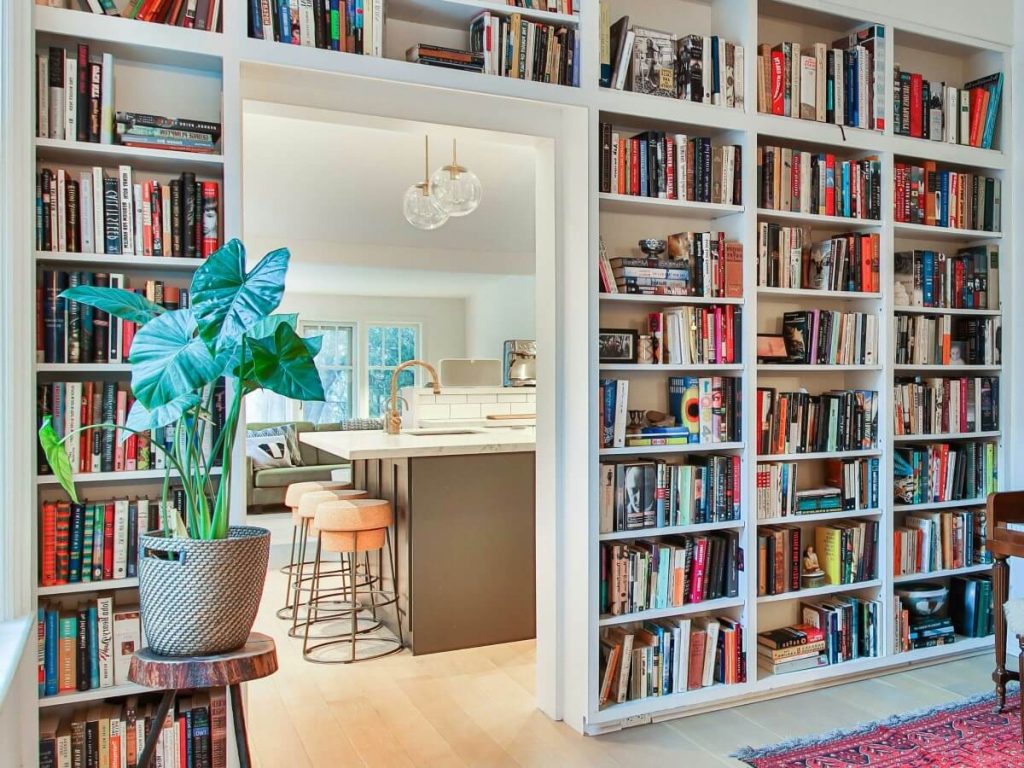How to Arrange a Sofa in a Small Living Room: Top 20 Checklist
Find out 20 Tips to Arrange a Sofa in a Small Living Room for maximum space.

When I first tried arranging my small living room, I realized how much thought needed to go into placing the sofa. It’s a large centerpiece of the room, so getting the arrangement right is really important. After experimenting and learning through trial and error, I came up with this list of practical tips to arrange a sofa in a small living room efficiently. Let me walk you through the process.
1. Measure Room Before Placing Sofa
Trust me, the first thing you need to do is measure the room. It’s tempting to jump into decorating, but knowing the exact dimensions of your space will save you headaches later. You don’t want to buy a sofa that’s too big and then struggle to make it fit. Grab a tape measure and note the width and length of your living room before anything else.
2. Choose a Compact, Space-Saving Sofa
In a small living room, a compact, space-saving sofa is essential. You should choose a loveseat because a full-sized sofa just overwhelmed the room. Look for smaller-scale sofas that don’t compromise on comfort but fit better in a compact space. Sectionals or modular sofas can also work, but only if they’re proportioned to your room.
3. Position Sofa Along the Longest Wall
When you’re working with limited space, placing the sofa along the longest wall is a great way to maximize the room. It helps open up the floor plan and allows for a more balanced layout. This setup creates a sense of flow and gives you more flexibility for adding other furniture.
4. Use an L-Shaped Sofa in Corner
I’ve found that an L-shaped sofa works perfectly in corners for small rooms. It utilizes dead space in the corner and provides plenty of seating without taking up too much floor area. If you have a little extra room, consider adding a small side table at the end of the sofa for balance.
5. Get a Sofa with Storage
If you’re like me and constantly struggle with clutter, a sofa with built-in storage is a lifesaver. I picked a sofa with storage compartments underneath, which helped me keep blankets, magazines, and other items tucked away. It’s a clever way to add functionality to a small space.
6. Float Sofa to Divide Spaces
Sometimes, especially in open floor plans, you can float the sofa in the middle of the room to create a natural division between spaces. I tried this by positioning my sofa away from the wall, and it helped define the living area from the dining or kitchen area without needing a physical divider.
7. Align Sofa with Focal Point
Make sure to align your sofa with the room’s focal point. For me, this was the TV, but it could be a fireplace or a large window. This alignment creates balance and ensures that the seating is functional and comfortable for its intended use.
8. Select a Sofa with Exposed Legs
One trick I learned is to choose a sofa with exposed legs. Sofas that sit on high legs tend to create a lighter, more open feel, which is perfect for small rooms. The space underneath gives the illusion of more room, and it doesn’t block the line of sight.
9. Choose a Multifunctional Sleeper Sofa
For small spaces, multifunctional furniture is key. I prefer for a sleeper sofa, which doubles as a bed for guests. It’s compact, stylish, and functional, making it perfect for small living rooms that need to serve multiple purposes.
10. Place Sofa in Front of Window
Placing a sofa in front of a window might seem counterintuitive, but it can actually work wonders. Positioning the sofa in front of a large window lets you take advantage of natural light while creating a cozy seating area. Just make sure the sofa’s height doesn’t block too much of the view.
11. Pick a Sofa Without Armrests
If you like flexibility, get a sofa without armrests. This design gives the room a more open, streamlined look. It also makes the sofa appear smaller while still providing ample seating. Plus, no armrests mean more freedom to stretch out!
12. Add Small Coffee Table or Ottoman
In front of the couch, it’s smart to add a small coffee table or ottoman. I love using an ottoman because it doubles as storage and an extra seat when needed. It keeps the room functional without crowding the space.
13. Avoid Large, Bulky Sofa Designs
The key to making a small living room feel spacious is to avoid large, bulky sofas. I made the mistake of buying a bulky sofa once, and it swallowed the room. Stick to slimmer, lighter designs that still offer comfort but don’t dominate the entire room.
14. Keep Sofa Clear of Doorways
Always keep the sofa away from doorways. I once placed mine too close to the entryway, and it disrupted the flow of the room. The sofa should be positioned in a way that doesn’t block entrances or walkways.
15. Ensure Smooth Traffic Around Sofa
It’s important to ensure smooth traffic flow around the sofa. I made sure there was enough space between the sofa and other furniture so people can move freely without bumping into things. A good rule of thumb is to leave at least 18 inches between the sofa and coffee table.
16. Use a Corner Sofa for Space
When you’re tight on space, consider using a corner sofa. It maximizes seating while utilizing an often-overlooked part of the room. My corner sofa freed up space for other furniture and still gave me a cozy seating arrangement.
17. Select a Slim-Profile Sofa Design
A slim-profile sofa is perfect for small living rooms. I went with a sofa that has narrow arms and a sleeker frame, which made my room feel much less cluttered. Slim designs also fit better into tight corners or against walls.
18. Anchor Sofa with an Area Rug
Using an area rug to anchor the sofa can help define the living room area. I chose a rug that fit just under the front legs of the sofa, which made the space feel more cohesive and grounded.
19. Pair Sofa with Armless Chairs
If you need extra seating but don’t have much room, pair your sofa with armless chairs. I found that armless chairs take up less space while still providing additional seating when needed. Plus, they can easily be moved around when I need more floor space.
20. Make Sofa the Room’s Focal Point
Finally, in a small living room, it’s often best to make the sofa the focal point. I arranged the entire room around the sofa, ensuring that all other elements (like tables, lamps, and rugs) complemented its placement. It helped create balance and ensured that the room didn’t feel too busy.
Conclusion
Arranging a sofa in a small living room is all about balance and making the most of the space you have. By using these tips, I was able to create a cozy, functional, and stylish living room without feeling cramped.






